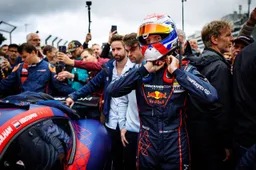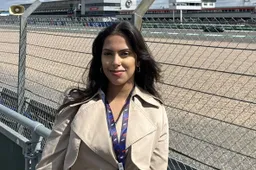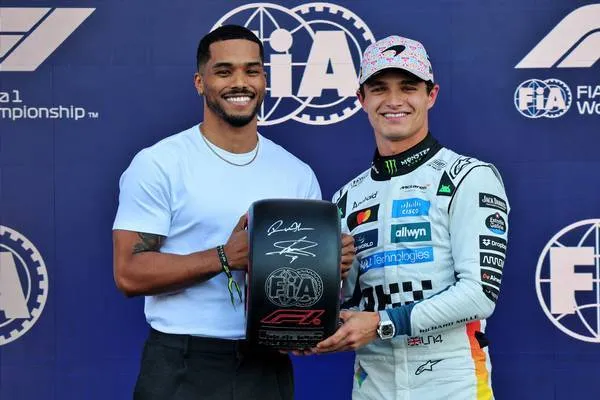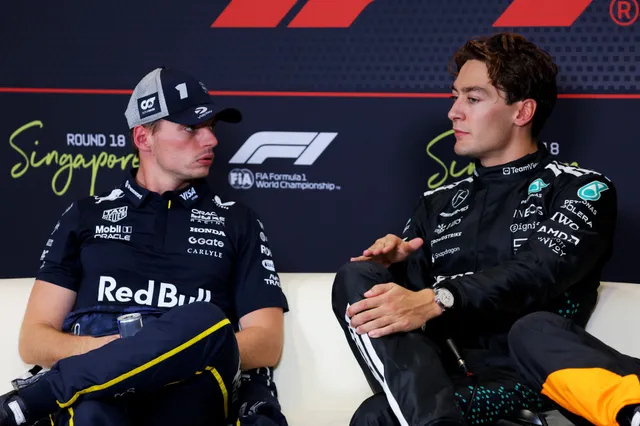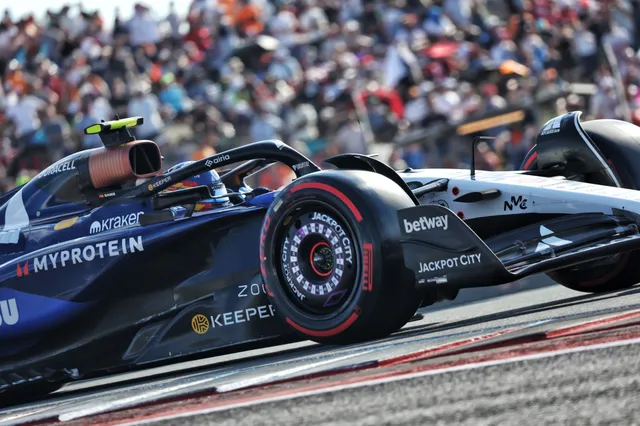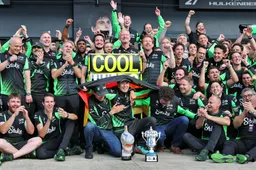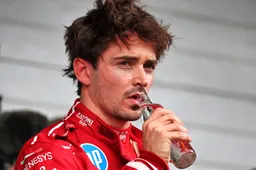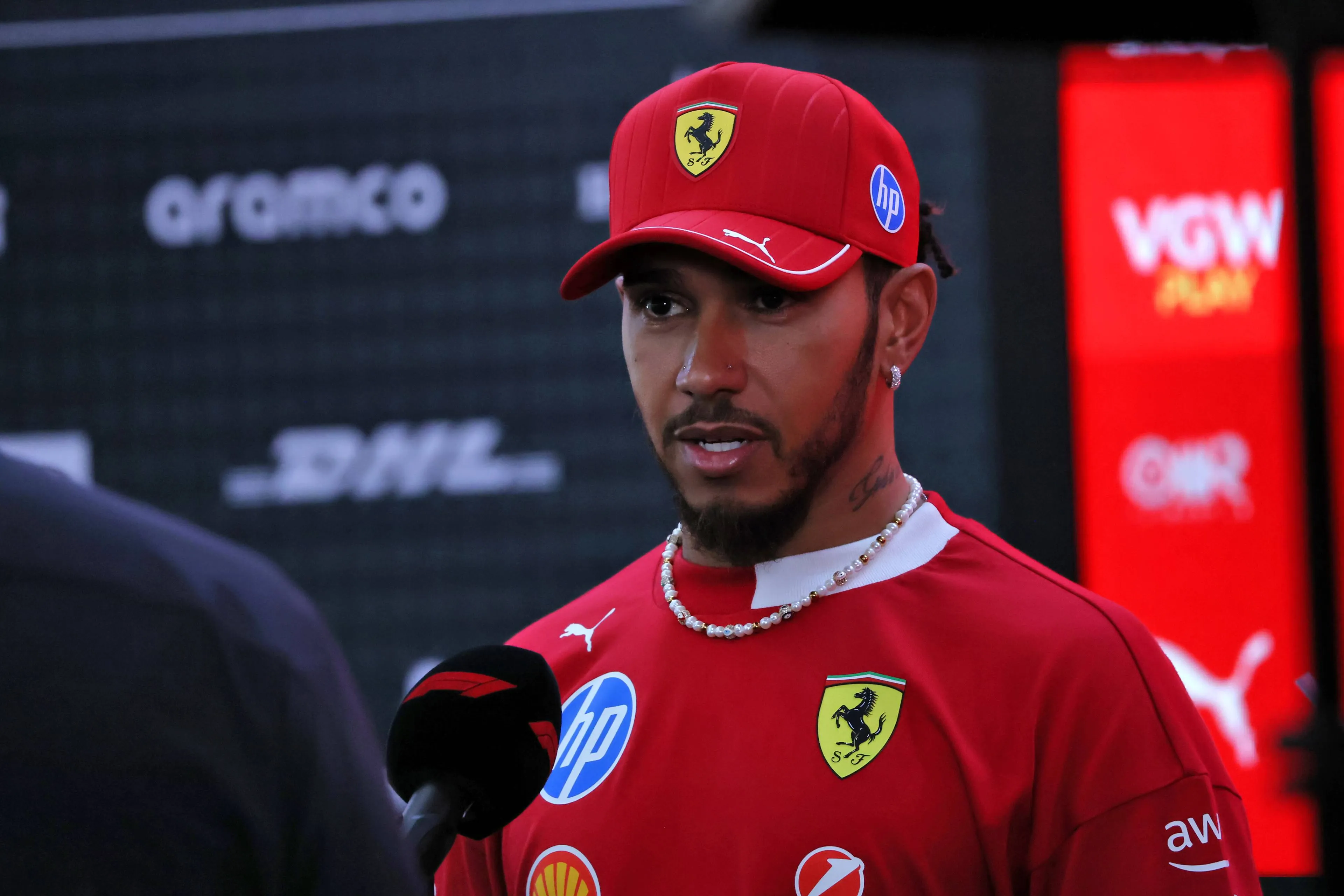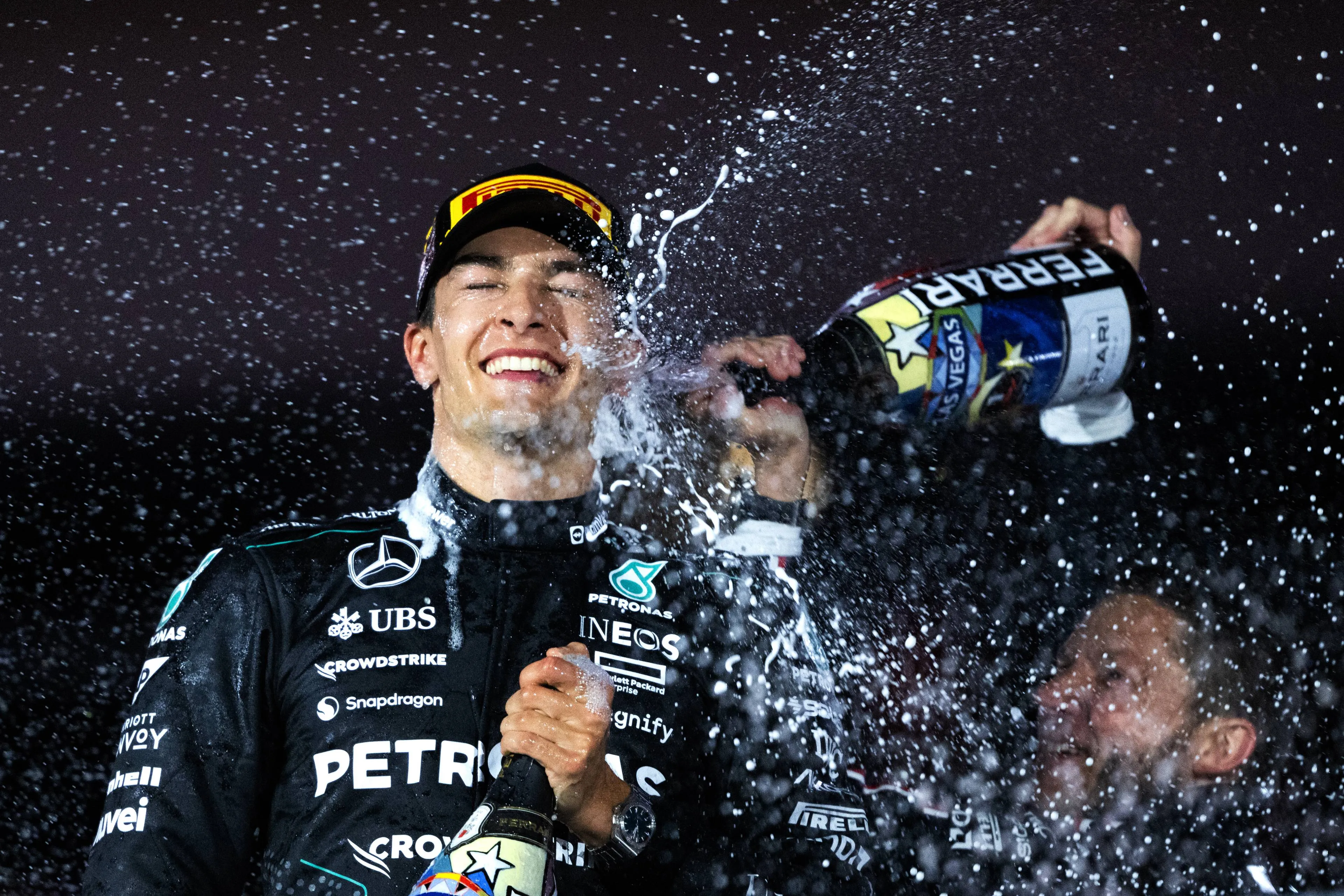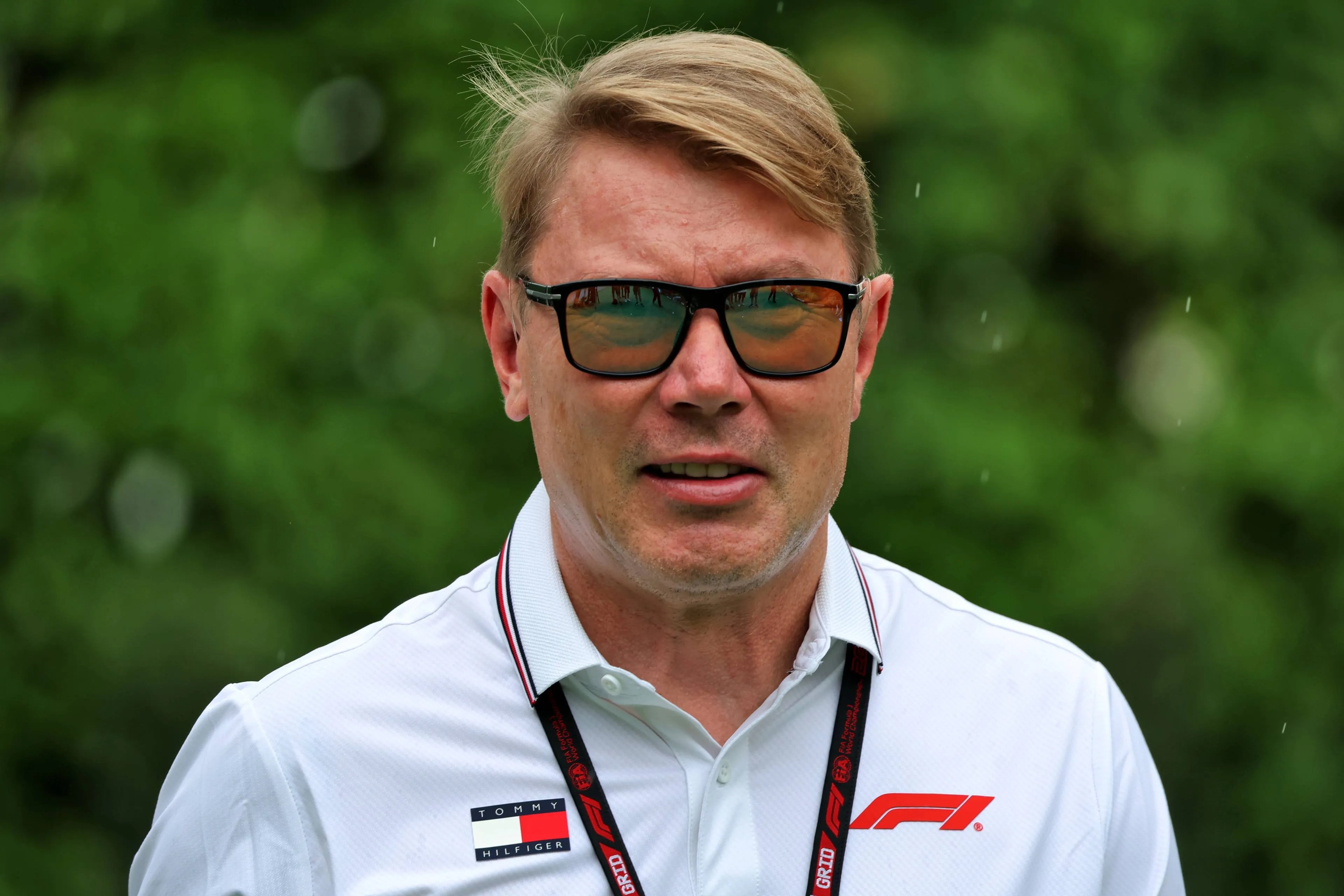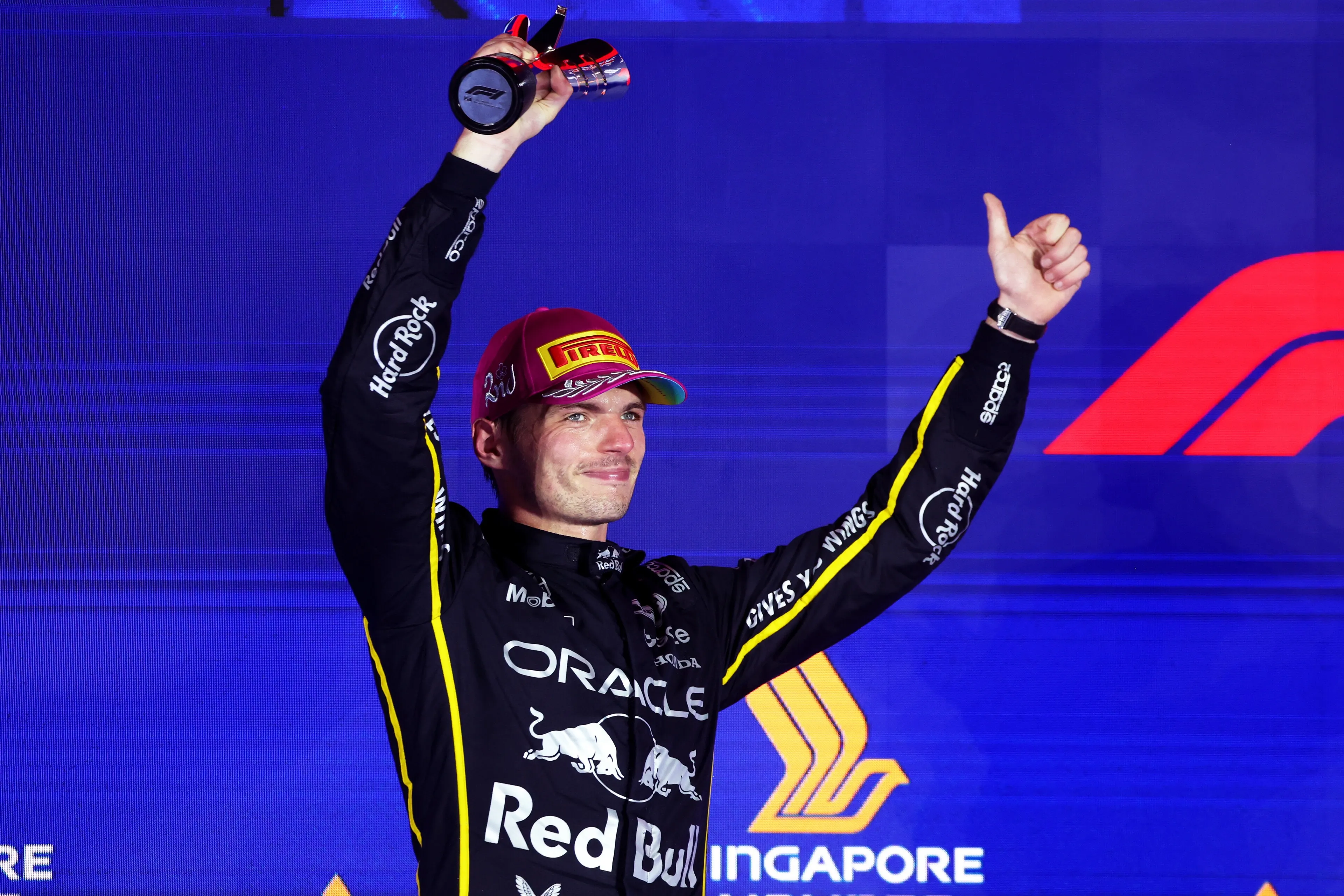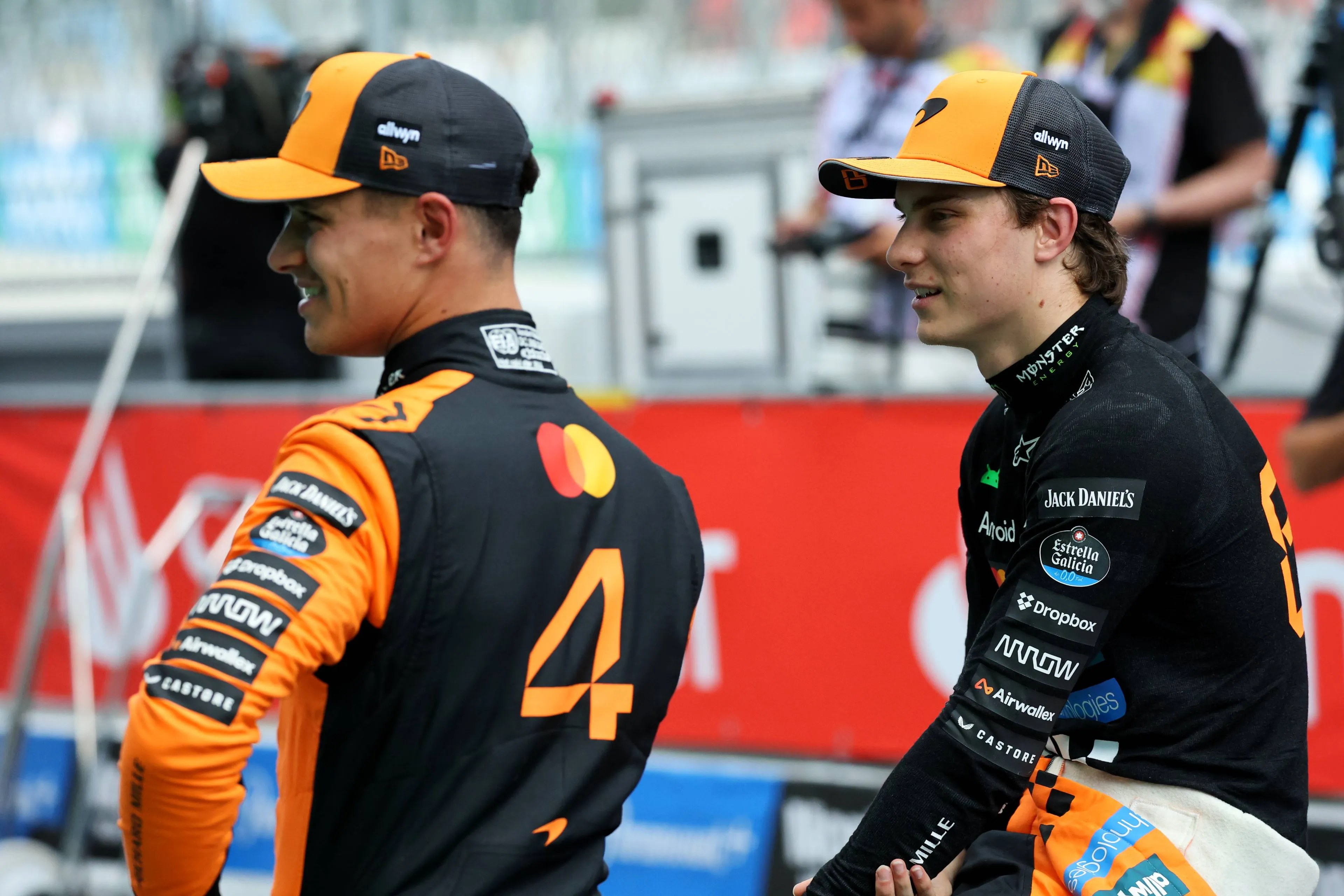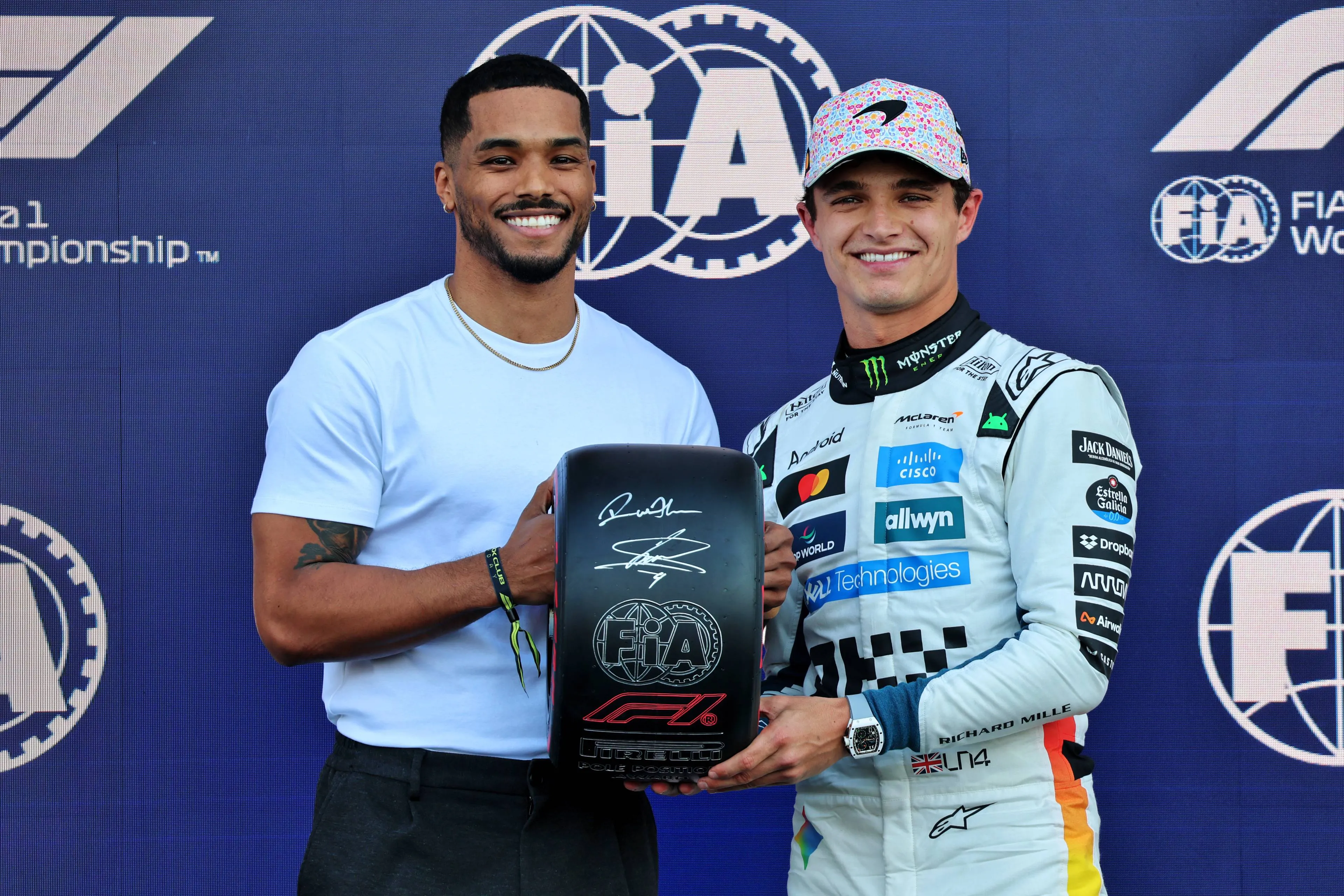
Pirelli's tyre problem: Should F1 mandate two stops to bring back drama?
Pirelli has been the exclusive tyre manufacturer for Formula 1 since 2011, and although the Italian company has provided stability, they have also made races a little too predictable.
Formula 1 in the early 2000s saw Bridgestone and Michelin bring chaos and excitement to races, with drivers never knowing if the tyres would make it to the end of a Grand Prix.
With Pirelli, drivers running on the medium compound tyre can often do up to 40 laps, which is far too good for a medium tyre.
Pirelli's durable tyres, are quite frankly, too reliable, and ultimately make Formula 1 less exciting.
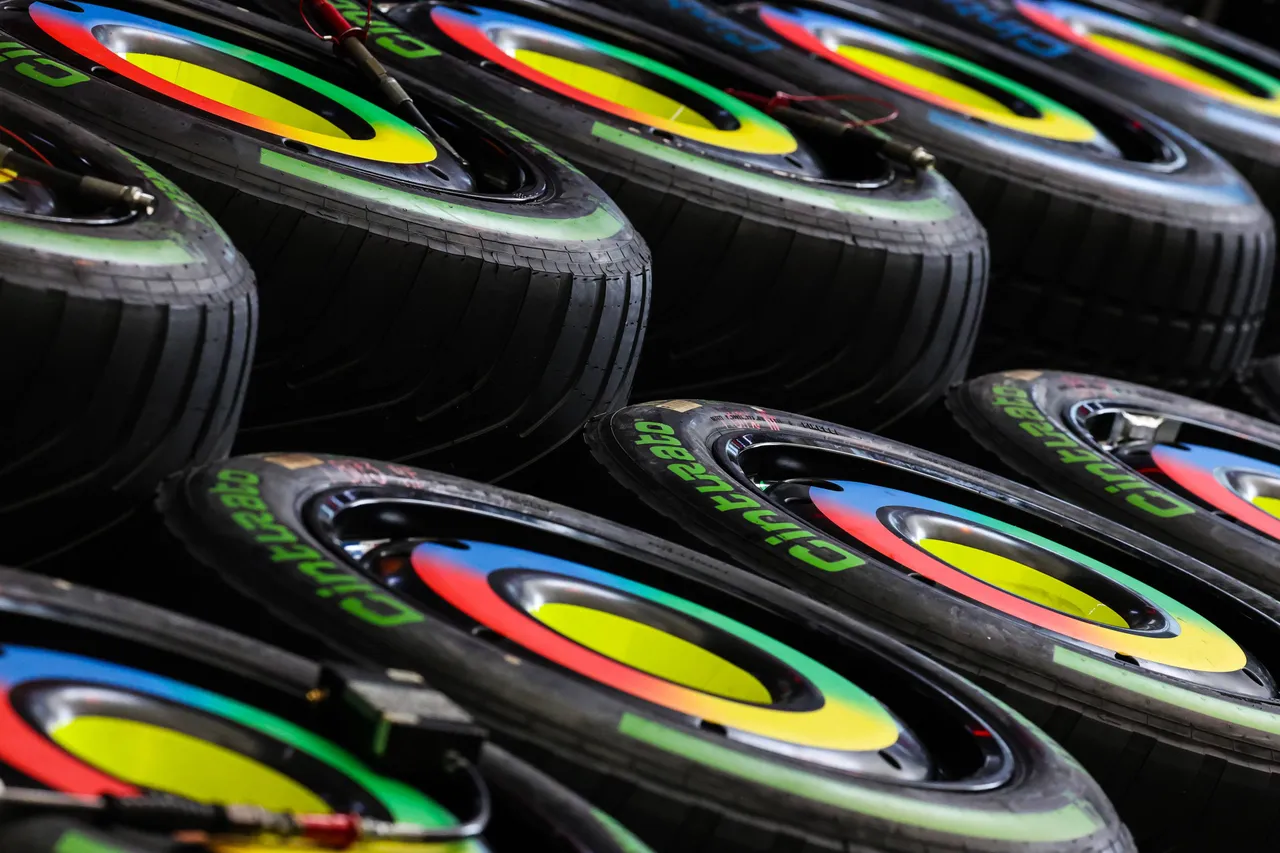
In the last few seasons, Pirelli has been encouraged to craft tyres with longer use time, better thermal resistance, and lower blistering risk.
While there needs to be a balance between safety and competitiveness, Pirelli has managed to produce tyre compounds that can genuinely be indestructible.
This gives teams the chance to play the long game, often running on medium tyre compounds for a majority of the race rather than having to pit for multiple tyre changes.
Formula 1 races lately have been less about on-track action, and more to do with strategic calls surrounding pit stops.
In the past, drivers had to balance aggression with nursing tyres for dozens of laps. Today, tyre management still exists, but with such durable compounds, it's nowhere near as exciting as it once was.
Poll
What has Pirelli done to combat this issue?
For the Monaco Grand Prix, Pirelli introduced a mandatory two-stop strategy for all cars on the grid “with the primary intent of improving the sporting spectacle," according to the FIA World Motor Sport Council.
Drivers were required to use three sets of tyres throughout the Grand Prix, with two different compounds being obligatory in dry conditions.
Despite being arguably the most famous race on the F1 calendar, the Monaco Grand Prix has been in need of some excitement in the last few years as the increasing size and weight of the cars has drastically reduced overtaking opportunities.
Pirelli hoped to liven up the racing through pit stop measures, but the mandatory stop reduced strategic freedom and made the race more predictable.
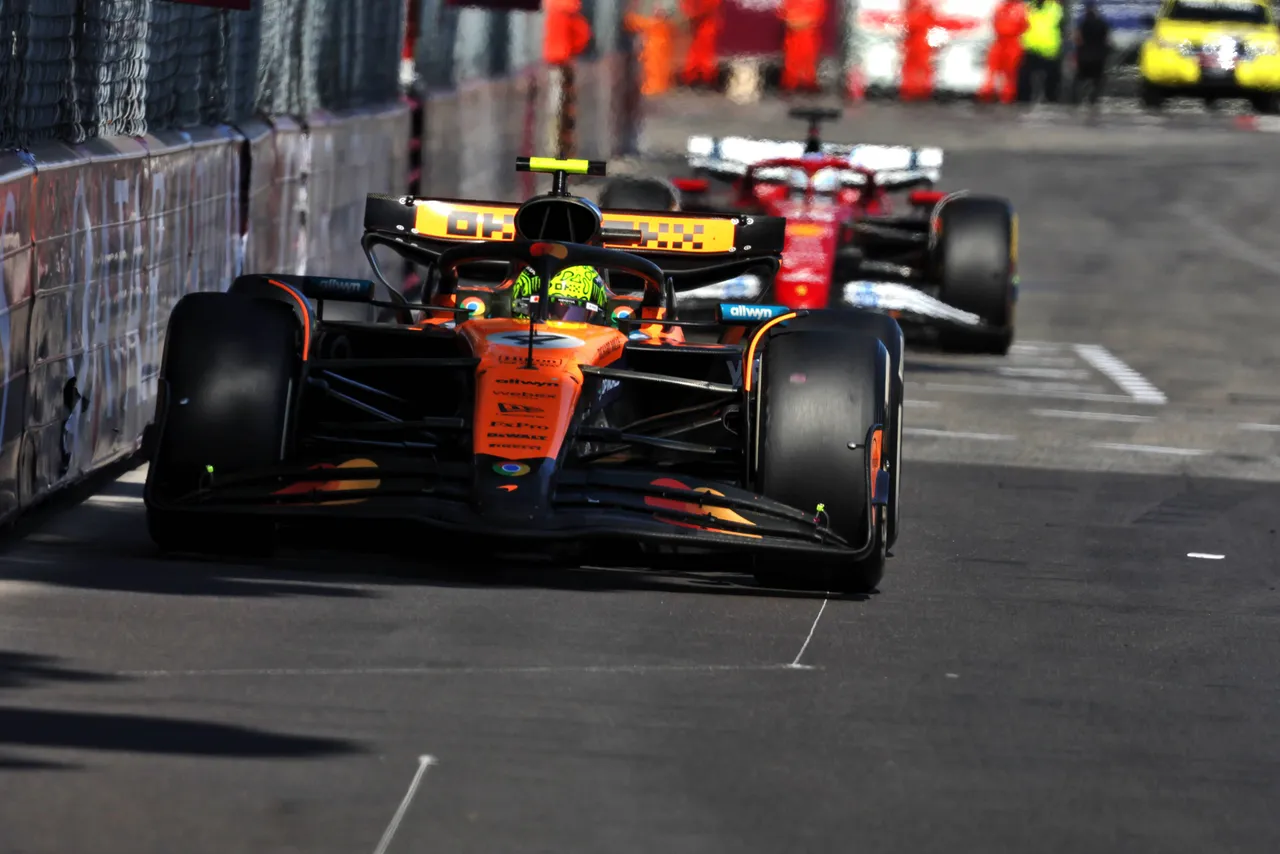
Teams like Williams and Racing Bulls were, however, slightly more creative with this strategy and utilised their drivers lower down in the order to create a pit stop window for their leading teammates.
Creating new pit windows for the better-performing driver was one way to make clever strategic decisions, with the teams instructing the driver fresh out of the pits to slow the cars behind and return the favour to their teammates.
Over time, tyres have generally become much harder and more durable, with even the softest compound tyre being harder than a set of soft tyres from the early 2000s.
The situation is even worse when it rains, as drivers have rarely used full wet tyres this season due to the fact that the wet tyres perform so poorly during rainy conditions.
The full wets don't offer much grip and disperse so much water that visibility is awful on track, which is why most teams opt for inters.

Would a mandatory two-stop measure work?
There has been discussion lately around whether introducing two mandatory pit stops would be beneficial in the long run, with teams potentially being forced to use all three tyre compounds in a standard dry race.
The proposal would see a race split into three stints, which could make degradation, undercuts and overcuts, and tyre delta more relevant.
It could provide more unpredictable racing for fans, with teams having the flexibility of what order to use the tyre compounds in.
With three stints, it could potentially create more exciting moments during a race with cars on different tyre compounds using more creative strategies.
Whether this would make a difference to racing could be trialled next season, with a new set of regulations changing the playing field.
Read also
GPblog's latest F1 Paddock Update
Want to stay up-to-date with what happens in the F1 paddock? Then GPblog's F1 Paddock Update video is the perfect way to do it. Subscribe to GPblog's YouTube channel and turn on notifications to never miss the latest episodes.
Popular on GPBlog

Norris breaks 30-year Schumacher record as he extends winning run
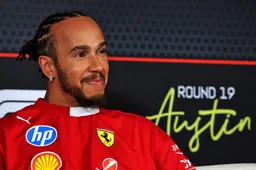
F1 makes it official: Hamilton can swap number 44 come 2026

Former F1 driver takes AI-driven car challenge in showcase event
